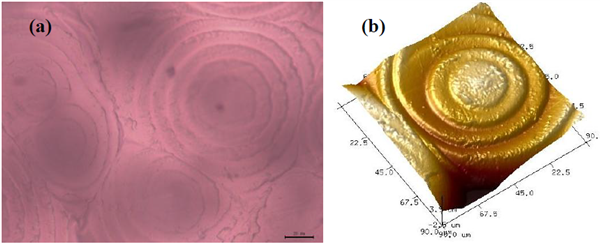The Role of Nanocrystalline Cellulose during Crystallization of Poly(ε-caprolactone) Composites: Nucleation Agent or Not?
作者:Qiaolian Lv, Chunjiang Xu, Defeng Wu,* Zhifeng Wang, Ruyue Lan, Lisheng Wu
关键字:A: Polymer-matrix composites (PMCs); B: Thermal properties; D: Thermal analysis; E: Surface treatments.
论文来源:期刊
具体来源:Composites Part A
发表时间:2017年
Composites Part A: Applied Science & Manufacturing, 2017, 92, 17-26.

ABSTRACT:
Poly(ε-caprolactone) (PCL) composites with pristine nanocrystalline
cellulose (NCC) and acetylated nanocrystalline cellulose (aNCC) (with 1.85±0.15 degree of substitution) were prepared. Different
roles of NCC and aNCC to the
crystallization of PCL were explored. NCC acts as the nucleation agent, promoting the formation of
thickened PCL lamellae. Thus, PCL-NCC sample shows higher melting point (Tm) and degree of crystallinity (Xc) than neat PCL. However, aNCC plays the
role of antinucleation agent, decreasing Xc and crystallization
temperature (Tc) of PCL.
This is because the relaxation of PCL
chain segments is restrained by the presence of aNCC through hydrogen bonding between two phases. As
a result, the looser fold surfaces of
lamellae form in PCL-aNCC sample,
with decreased lamellar thickness. The ring-banded morphology is therefore observed on this sample because of good
compatibility between aNCC and PCL
and higher level of surface stress of PCL lamellae, which is not observed on
PCL-NCC one.
PDF DOWNLOADED:
http://www.sciencedirect.com/science/article/pii/S1359835X16303621